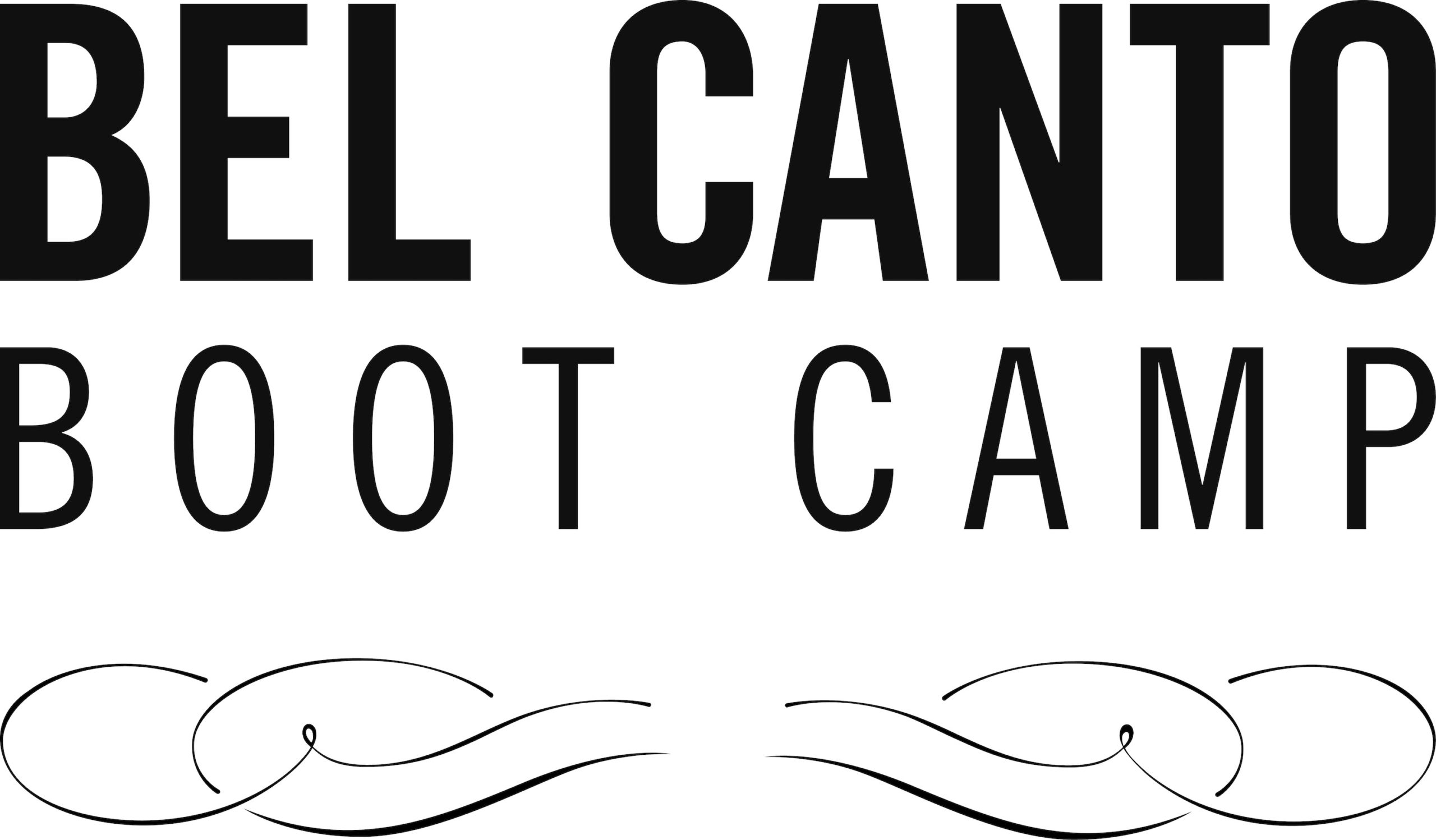Baragwanath, Nicholas. The Italian Traditions & Puccini: Compositional Theory and Practice in Nineteenth-Century Opera. Bloomington: Indiana University Press, 2011.
My last post covered the background on Italian musical training in the 18th and 19th centuries, which serves as background to Baragwanath’s study of how this style of teaching influenced Puccini’s compositional style. When Puccini arrived at Milan to study, the textbooks for the preliminary courses were extremely conservative, leaning on the work on Asioli. Unfortunately for us, these Italian treatises rarely dealt with compositional matters such as text-setting, expressive devices, or form. These seem to have been left mainly to private instruction. The longest and therefore most comprehensive treatise is Alexandre Choron’s Principes de composition des écoles d’Italie (available on imslp.org). Another influential treatise from that era is Asioli’s Il Maestro di composizione, ossia seguito del Trattato d’armonia. It is accompanied by a separate book of musical examples, many of them by Rossini, Bellini, and Donizetti. There is some evidence that this book was used by Giuseppe Verdi in his musical studies. German treatises on music were mostly not available in Italian translation until after 1800, although many were available in the libraries of the major Italian conservatories for those students who could read them in the original language. Nevertheless German-style approaches to the study of music theory and composition began creeping into the Italian conservatories in the 1840s and 1850s through the progressives and modernizers, many of whom published influential journals. These publications promoted German views on music as well as the latest in new instrumental music from across the Alps. This led to a reversal of the centuries old practice of Germans traveling to Italy to learn to compose music as Handel and so many others had done. Now Italians were looking to German symphonic models for inspiration.
Puccini’s musical studies started early. Coming from a long line of musicians, he began musical studies at the age of five with his father Michele. Once old enough he began studying music In Lucca and singing in the cathedral choir. The instruction in Lucca was very conservative. They continued the teaching of thorough-bass rules of the Neapolitan partimento method with some influence from Rameau’s ideas of ideas about chord roots and inversions. Instruction also included rigorous training in harmony and counterpoint.
The Instituto Musicale in Lucca
The Instituto Musicale was founded in 1818 to train church musicians and singers to create a bulwark against the influence of operatic trends that were pervading church music throughout the peninsula. It might have remained so were it not for the arrival in 1835 of Giovanni Pacini. Pacini will not be too well known by most 21st century operagoers, but at various times throughout his life he was a successful opera composer (although at the time he took the job in Lucca, he had not had a hit in quite a few years, but his greatest successes were ahead of him).
Rhythm without measure, accent without beat
In nineteenth-century Italian usage, the word for musical rhythm, ritmo, encompassed a far broader range of concepts and meanings than its modern counterpart. It could, for instance, be used to refer to fluid subjective movements of the individual mind or “soul” in terms of emotions and feelings, especially of the sort induced through the sentiments of poetry or music and manifested in the ebb and flow of a reading or performance. Owing to the overwhelming dominance of vocal music in the Italian traditions, it could also signify the various meters and accents of verse, denoting either the musical “rhythm” of on individual line of poetic verse or, somewhat confusingly, a succession of several such verses, in much the same way that the singular word “verse” can now be used to mean both an individual poetic line and an entire stanza. In this sense, as mentioned earlier, melodic “rhythm” (ritmo) was effectively synonymous with “phrase” (frase), which could also signify an individual setting of a line or two of verse or a series of similar such settings. A closely associated but essentially independent system of harmonic rhythm, regulated by a succession of weak and strong impulses within the instrumental accompaniment, was considered to supplement these vocal verse phrases. Only rarely, and usually in rudimentary books for beginners, was ritmo used to convey the idea of regular pulse subdivided symmetrically into the beats and measures of a time signature. (p. 66)
“Ritmo was therefore regarded as something quite different from the orderly arrangement of regular beats and measures that served as the means to record its outlines in written form.“ Thus, there are two somewhat independent rhythmic concepts happening in music simultaneously. Without an understanding of poetic verse and its rhythmic content and how that was set to a vocal melody, singers are stuck using only one kind of rhythm and not the one that applies most to them while singing Italian music. Students at the conservatories during the eras in which the operatic repertoire was being composed would learn the basic rules of versification and “the expression of the text in vocal melody and the phrase in comparison with the different poetic meters.”
The freedom which the vocal rhythm has from the regular pulse and bar lines written on the page was explained through the idea of accento musicale, which is literally translated as the (speech) accent of music. “It referred to the expressive nuances generated through a variety of devices that together determined the contours and fluctuations of the vocal phrase.”
More on Italian versification in the next post.
